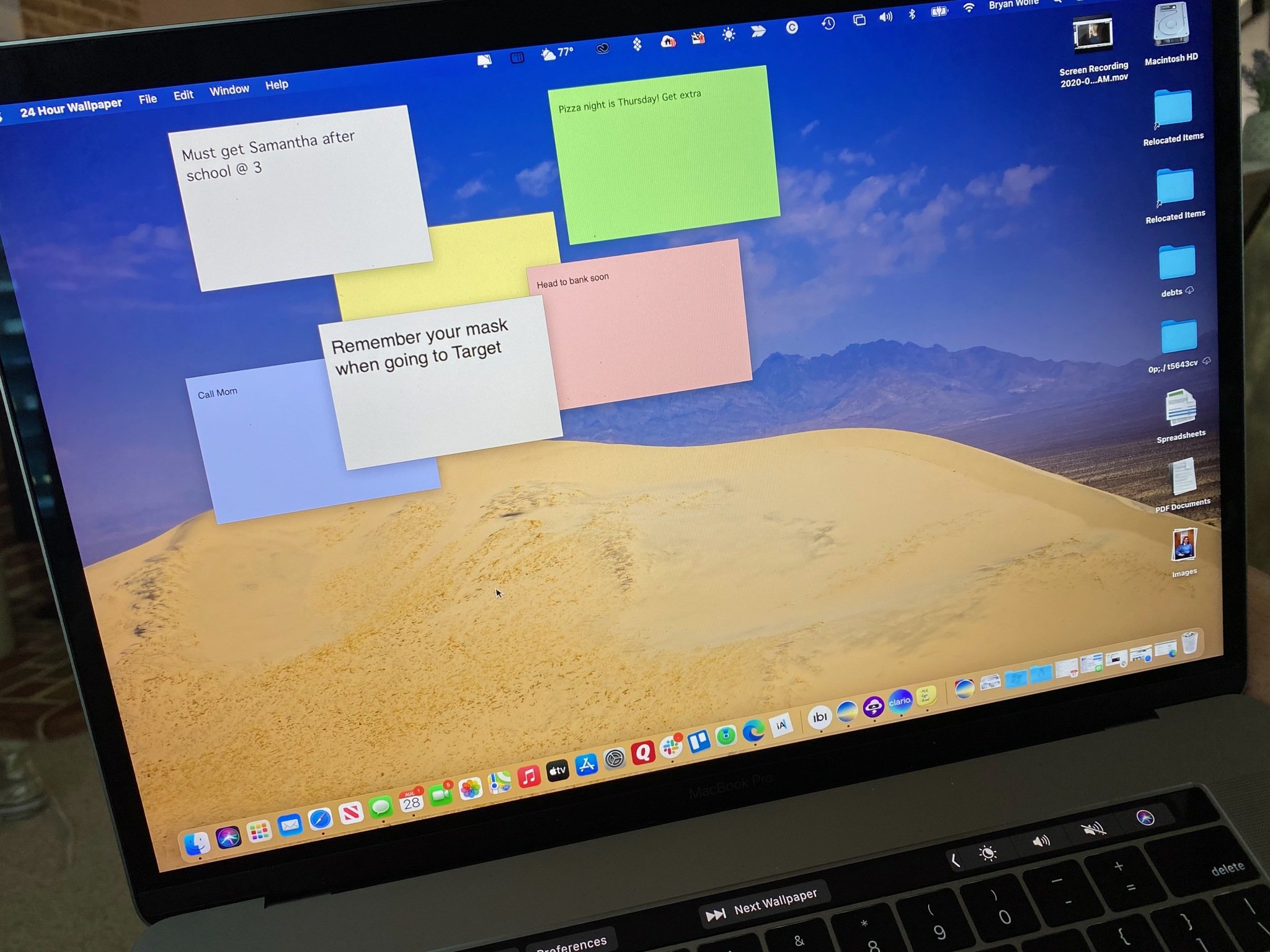
Property myfile : "Macintosh HD:Applications:Stickies.app:Contents:Resources:English.lproj:StickiesDocument.nib"
:max_bytes(150000):strip_icc()/012_how-to-use-sticky-notes-on-mac-9311711d00cf45eda763aada877103ac.jpg)
You may also have to change the property myfile location if you have your hard drive named something other than "Macintosh HD" To run the script use will need to make sure that you have "Enable access for assistive devices check" in the Universal Access Pane of System Preference. From there,you will just have to click on the window Stickies and you will see the show info panel change to "NSTextView Info" Just follow the rest of the hint in the original post from there. If you run this script, it will take you to the Stickies window. I also wrote a script that will help you navigate to the document of interest. In most cases when you save, the file will make a backup copy of itself. Don't worry, all your changes are reversible in case you want to change back. Maybe Apple will decide to make these features available in the future without having to go through so much to change the preferences and hidden features.Īfter you check the feature(s) that you are interested in using, please save the document. I hope that people find this valuable since the Stickies application isn't scriptable. This is really funky! I haven't really found a good use for this feature yet. Even though you are not able to see the text or image on the sticky note, you can still copy and paste it to a text or graphic editor.

-> Check this and your stickies will now have a scroll bars.Go to color and pick the color you want the Stickies background color to be. -> This one doesn't work since the Stickies app already has an option for this.

Go to Edit -> Find -> There are tons of find selections available. Go to Edit -> Spelling -> Check Spelling as you type.

If you see the label "Attributes" then you are on the right pane. When you click Show Info, a box will pop up labeled "NSTextView Info." Immediately under the label you will see a pop-up box labeled "Attributes." Click on the Window called Stickies and the menubar will change to Interface Builder. These items are the Cocoa-Controls Panel, a window named Stickies, and the StickiesDocument.nib Panel. When you open up StickiesDocument.nib, you will see three items. Double Click on StickiesDocument.nib (you'll need Xcode or the Developer Tools installed). Navigate to Contents -> Resources -> English.lproj -> StickiesDocument.nib. Another Finder window will open up with a folder name Contents. Control click on Stickies and click Show Package Contents. Go to the finder and navigate to Applications -> Stickies. Ok, here is something else cool about the stickies application.


 0 kommentar(er)
0 kommentar(er)
